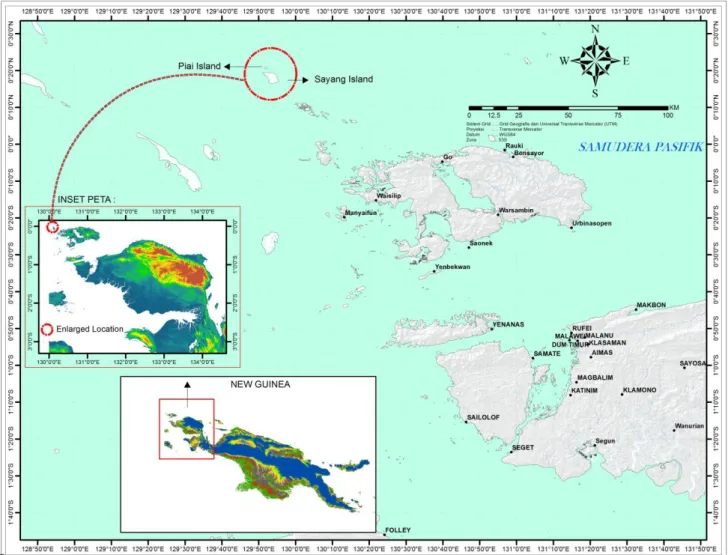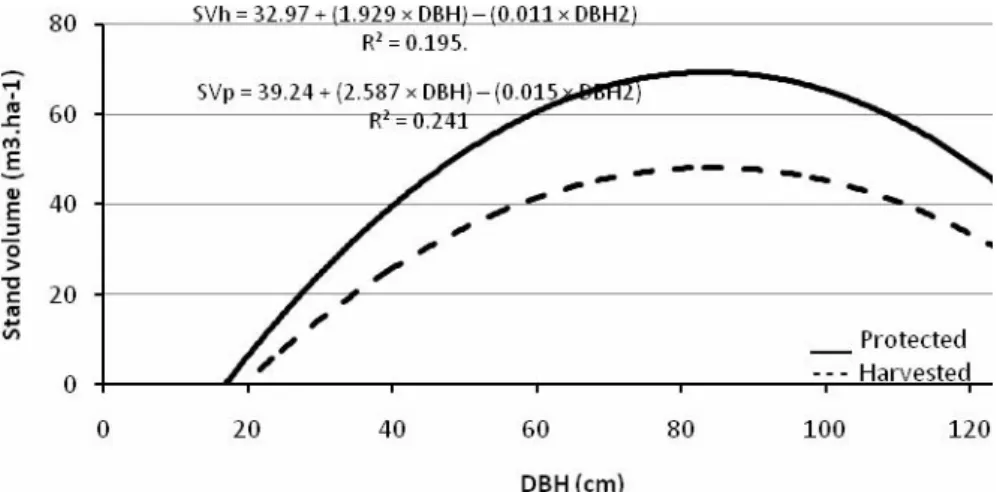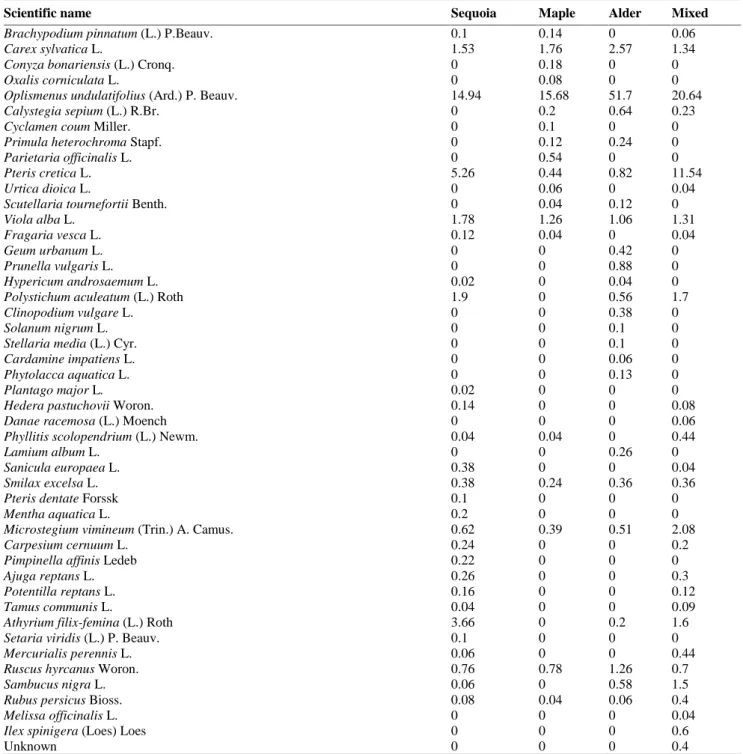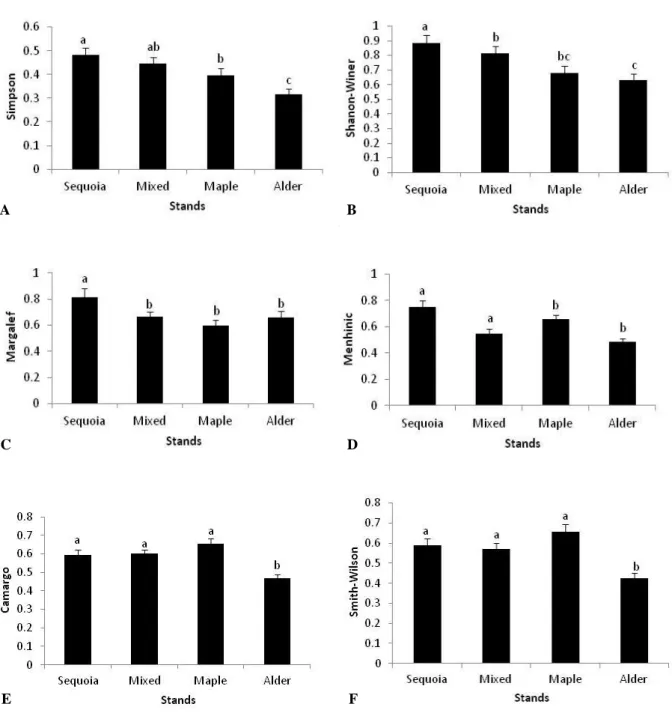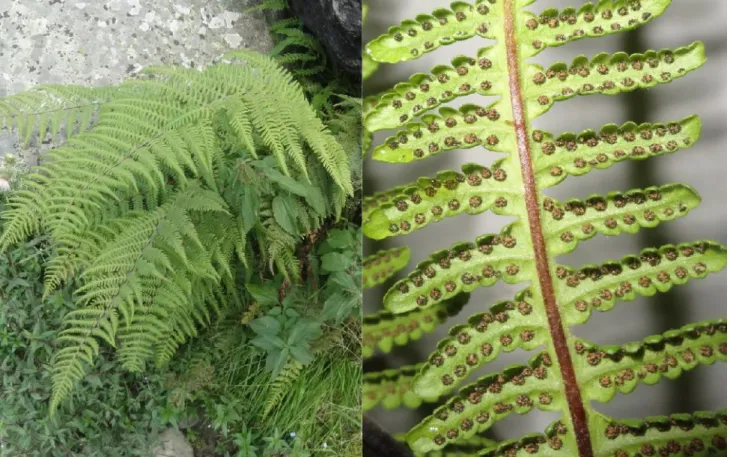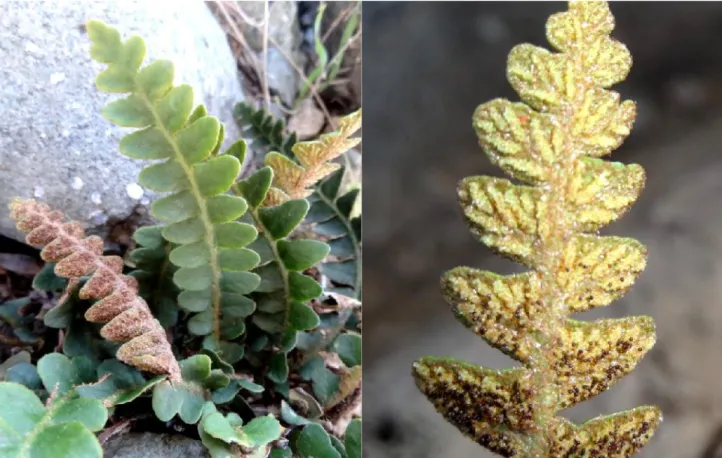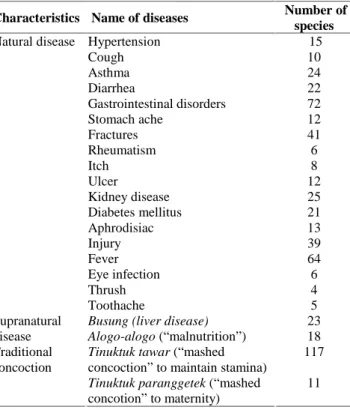The volume of different tree species in the harvested and protected stands is shown in Figure 2. The volume of all tree species in the protected stand was higher than in the felled stand.
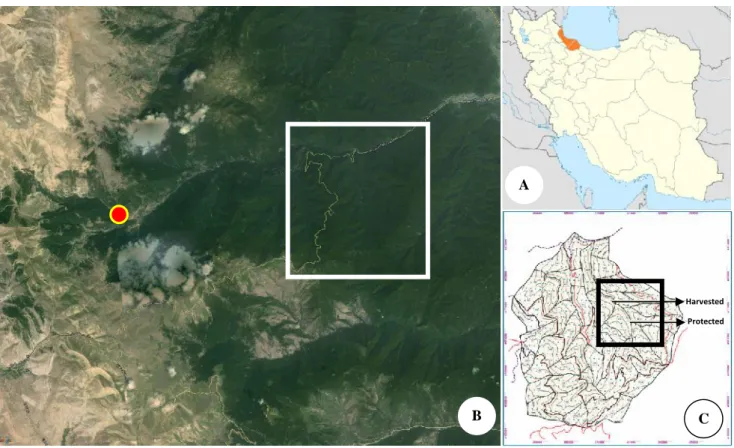
Effect of Alnus subcordata, Acer insigne and Sequoia sempervirens plantations on plant diversity in Hyrcanian forest of Iran
A total of 47 plant species were identified in the investigated stands (Table 1). Our findings show that the planted species had significant effects on understory diversity (Table 2). Our results showed that the number of species in the stands of sequoia and mixed is more than others, as shown in Figure 3, by the Margalef index.
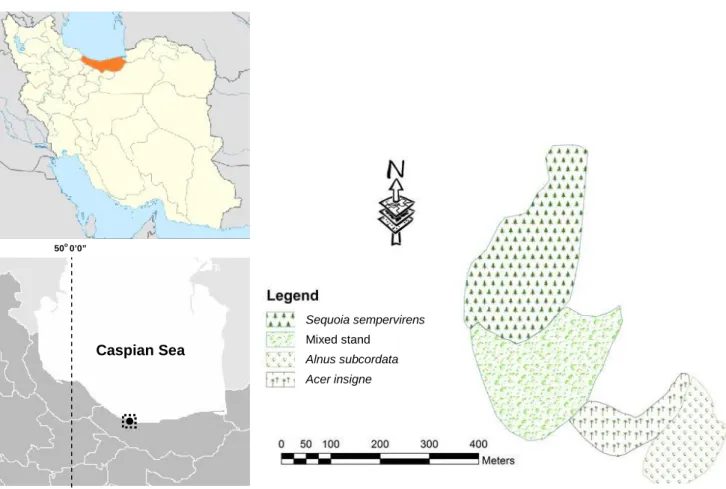
Plant species diversity among ecological species groups in the Caspian Sea coastal sand dune; Case study: Guilan Province, North of Iran
At the fifth level, 21 sampling plots were divided into two groups (Eigenvalue = 0.540) that those indicator species on the left and right sides were respectively Argusia sibirica (group 7), and Crypsis schoenoides and Centaurea iberica (group 8). The results showed that eight ecological species groups were found in the southwestern coastal sand dune of the Caspian Sea.
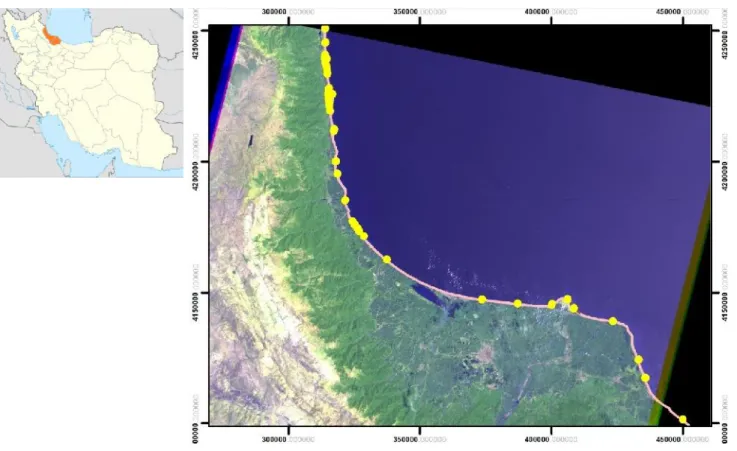
Short Communication
It further suggests the need for regular floristic surveys to update information on the extent and status of mangroves in the Andaman and Nicobar Islands. I am extremely grateful to the Chief Principal Conservator of Forests, Andaman and Nicobar Islands for his guidance and providing necessary support from the field.
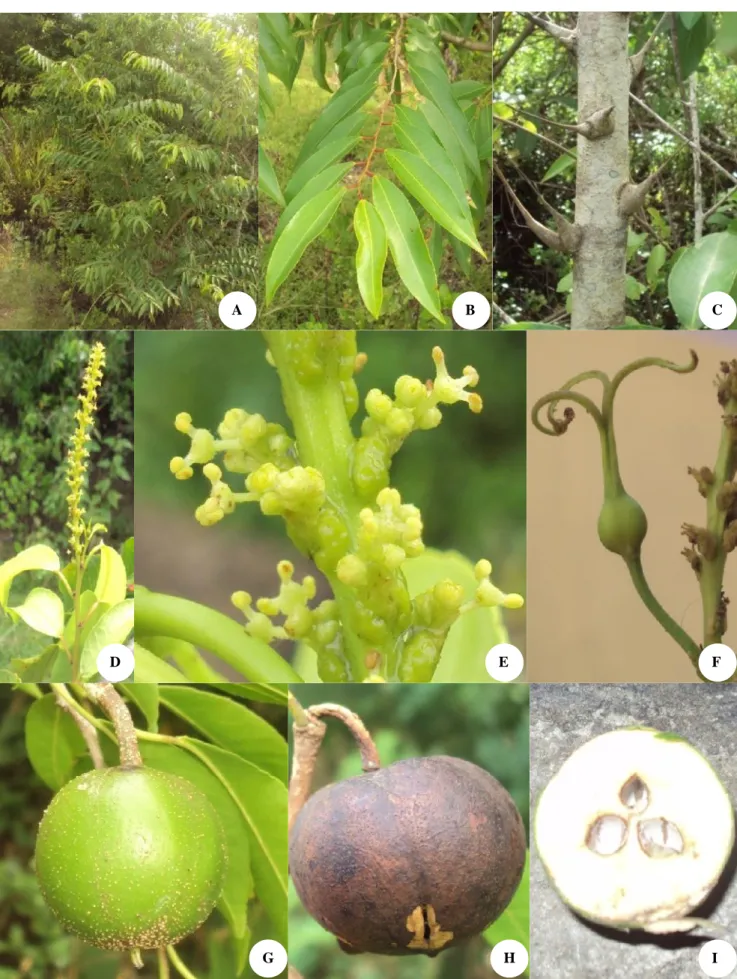
Ferns and fern allies of District Shopian, Kashmir Valley, India
Large fern, growing on forest floor and scrub zone, black stems, base densely scaly and fibrillose, scales black. Medium-sized fern growing in rocky meadows near streams, Stripes scaly and fibrillose, lamina pinnate,.
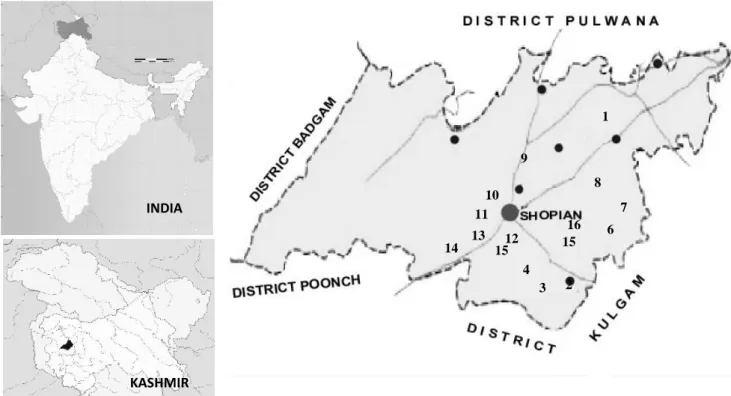
Local knowledge of medicinal plants in sub-ethnic Batak Simalungun of North Sumatra, Indonesia
SILALAHI et al.–Medicinal plants of Batak Simalungun, Indonesia 45 ethnomedicine of sub-ethnic Batak Simalungun. Medicinal plants that have been used to cure diseases vary in number and species. The largest number of medicinal plants used were those for the treatment of gastrointestinal disorders (72 species), followed by fever (64 species) and fractures (41 species).
Medicinal plants that have a bitter taste, such as: jambu batu (Psidium guajava), horis kotala (Eurycoma longifolia), sunatang (Ageratum conyzoides), and andor golat (Mikania cordata) have been used to cure gastrointestinal disorders. The sub-ethnic Batak Simalungun used as many as 239 species (170 genera, 70 families) of medicinal plants. Local and scientific names of medicinal plants in sub-ethnic Batak Simalungun of North Sumatra, Indonesia.
SILALAHI et al.–Medicinal plants of Batak Simalungun, Indonesia 53 There were 11 species of medicinal plants of which. The value of medicinal plants in sub-ethnic Batak Simalungun ranged from 1.5 to 142.0 (Table 2).
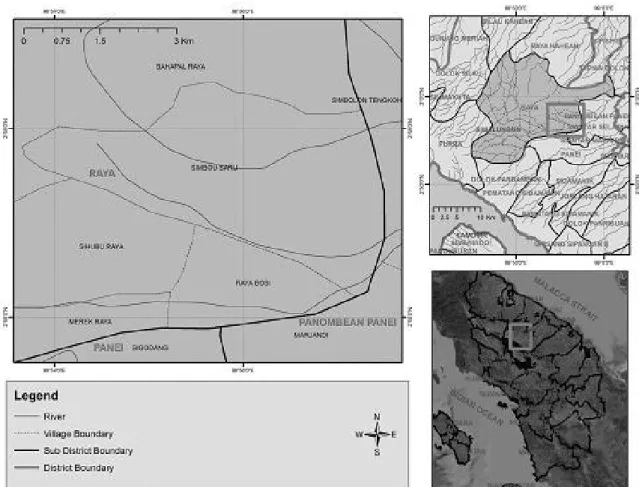
DNA barcoding and phylogenetic reconstruction of shark species landed in Muncar fisheries landing site in comparison with Southern
Java fishing port
DNA barcoding and phylogenetic reconstruction of shark species landed in Muncar fishing landing site compared to Southern. The I (COI) gene was amplified by polymerase chain reaction (PCR) using the forward primer fish-BCL (5' TCA ACY AAT CAY AAA GAT ATY GGC AC '3) and reverse primer fish-BCH (5'ACT TCY GGG TGR CCR) AAR AAT CA '3) (Baldwin et al. 2009). The number of shark species exploited in Muncar reached 14 species or about 18% of all shark species found in Indonesia (White et al. 2006).
The number of individuals of the identified shark species landed in Muncar between the samples of the two periods (2012 and 2013) through DNA barcoding. Identified shark species landed in Muncar using the BLAST program, along with IUCN and CITES status. Neighbor-joining tree based on COI sequence data using the Kimura-2 parameter replacement model with 1000 bootstraps, from shark species landed in Muncar in 2013.
The phylogenetic reconstruction of Carcharhinus brevipinna, landed in Muncar, was divided into two clades with a bootstrap value of 88-89 (Figure 4.A). Molecular taxonomy of DNA barcoding and phylogenetic analysis of sharks landed at the Palabuhanratu fishery landing site [Hon.
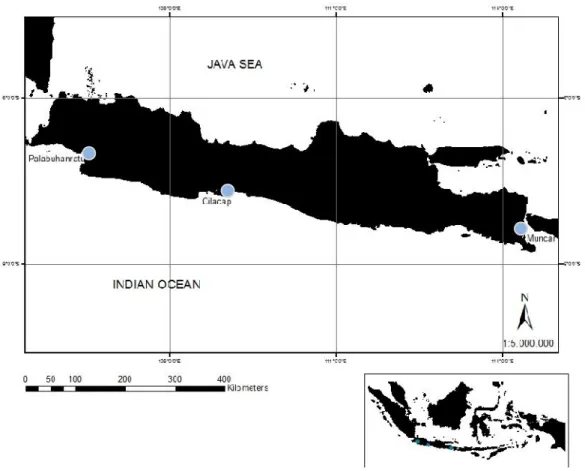
The diversity of non-methanogenic bacteria involved in biogas production from tofu-processing wastewater
The result of the extraction was the genomic DNA of non-methanogenic bacteria as DNA templates in the PCR process. The electrophoresis result of amplification of the PCR product of non-methanogenic bacteria 16S rRNA is shown in Figure 1. SUNARTO et al.–Diversity of non-methanogenic bacteria 65 The formation of blue white colonies was caused by.
The restriction patterns of DNA of 16S rRNA marker genes from non-methanogenic bacteria are shown in Figure 3. Restriction patterns of DNA of 16S rRNA marker gene from non-methanogenic bacteria with MspI phylotype 1-10 restriction enzymes. The composition percentage of non-methanogenic bacteria in biogas production from tofu processing wastewater. codes Nearest relatives % Composition of non-methanogenic.
Based on the available information, there are 6 phylotypes of non-methanogenic bacteria considered to play a role in biogas production. The analyzes of non-methanogenic bacteria were based on the calculation of the number of clones.
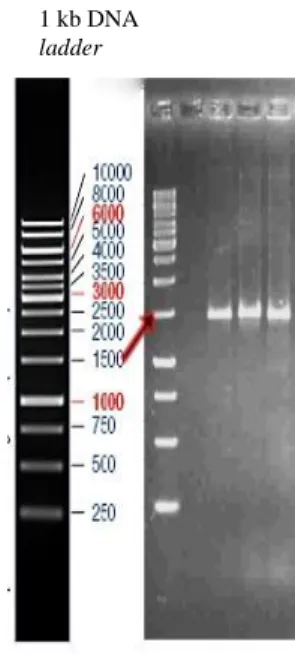
Infraspecific morphological and genome size variations in Linum glaucum in Iran
The amount of nuclear DNA of the studied samples calculated from the values of the G1/G2 peak averages (Doležel and Bartoš 2005). Nuclear genome sizes of the studied populations (details of each population are given in Table 1). Box and whisker plot of some key features of the studied populations (details of each population are given in Table 1).
Various morphological studies of populations of this species confirmed the results of the present study. Furthermore, the population arrangements in the UPGMA morphological tree coincided with the abundances of the 2c-values of the populations. Effect of genome size on detailed species traits within closely related species of the same habitat.
Genome size, morphological and palynological variations and heterostyly in some species of the genus Linum L. On the basis of morphological and microscopic characteristics of the fungus, two species of Curvularia viz.

The interaction between diversity of herbaceous species and history of planting, Masal’s plantations, Guilan Province, Iran
POURBABAEI et al.–Interaction between species diversity and planting history of 85 terrestrial ecosystems due to plant species extinction and. Our findings showed that there were significant differences in the percentage of canopy cover and herbaceous species (P<0.05), so that the percentage of canopy cover and light were higher in the 22-year-old than in the 9-year-old plantation. However, the percentage of herbaceous species was higher in the 9-year-old than in the 22-year-old plantation.
Our findings in the studied sites showed that the percentage of herbaceous species in the 9-year-old plantation was significantly more than the 22-year-old. Also, there was a significant difference in diversity and evenness between the two sites and these values were more in the 9-year-old plantation. There was no relationship between diversity indices with canopy, light and litter depth at 9 years of age.
On the other hand, Oplismenus undulatifolius had a high percentage in 22-year-old plantations and this species indicates highly compacted soil. In addition, there is another reason for the lower percentage of vegetation in 22 years. old plantation older than 9 years, there is closed cover and lack of light and greater regeneration of Buxus hyrcana species at this site.
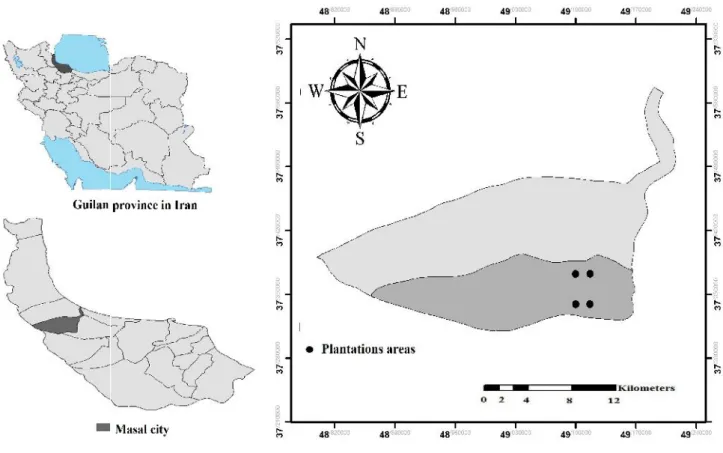
Feeding habit and length weight relationship of keureling fish, Tor tambra Valenciennes, 1842 (Cyprinidae) from the western region of
Aceh Province, Indonesia
The aim of the present study was therefore to describe important aspects of the biology of T. The occurrence of each food item was scored and then converted to a percentage by multiplying the ratio of the number of times an item occurred by the total number of stomachs analyzed by one hundred. The percentage abundance of each food item was also calculated by multiplying the ratio of the number of a specific item in the stomach to the total number of items in the stomach by one hundred.
The analysis of food occurrence showed that earthworms were found in 80.8% and 81.3% of the fish samples from Nagan River and Sikundo respectively. Change in feeding habits has been associated with an increase in the length of the digestive tract. Further evidence in support of omnivory is the fact that their digestive tract length was slightly longer than body length (1.25 times the total length).
A histological study of the development of the digestive system of Pseudosciaena crocea larvae and juveniles. Seasonal variation of length weight and condition factor of rudd (Scardinius erythrophthalmus L) in Lake Spanca.
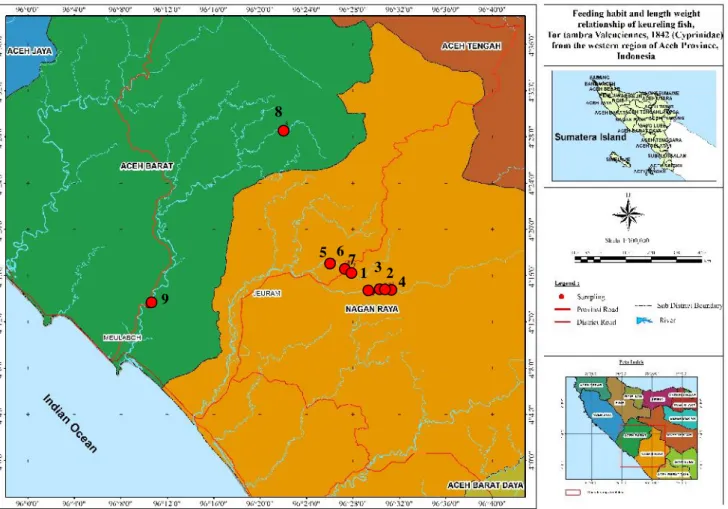
Comparison of woody species diversity between managed and unmanaged forests considering vertical structure in Hyrcanian forests,
Iran
Study site at Tehran University Kheyrud Forest Research Station (KFR) (C), east of Nowshahr (B), Mazandaran Province, northern Iran (A). Where ni is the number of individuals in the ith species and N is the total number of individuals. Among the species, four tree species and one shrub species were found only in the uncut area.
Species richness values calculated for vertical layers were also greater in the unglazed area, but the difference was only significant in the middle and lower layers (Table 3). The species richness indicated significant difference between strata, and the highest species richness was found in the understorey in both areas (p < 0.05). In the middle and lower floors, the evenness indices were significantly higher in the logged area (table 4).
Stem density and basal area of observed tree species in the managed and unmanaged areas. By analyzing the diversity of tree structures, it was observed that species richness decreased from understory to overstory in the unmanaged area.
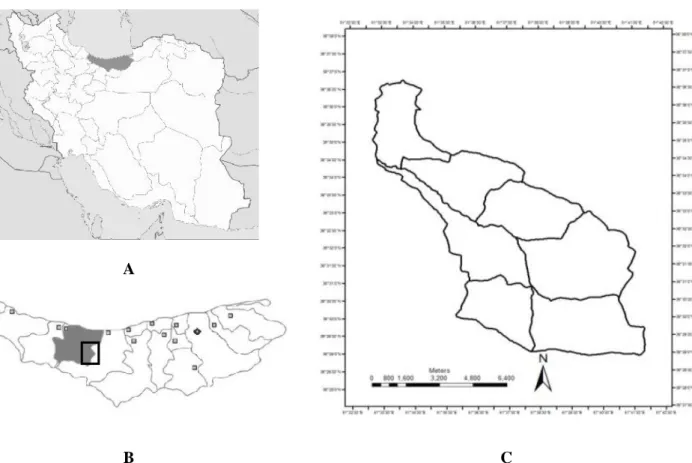
Nest temperatures of the Piai and Sayang Islands green turtle (Chelonia mydas) rookeries, Raja Ampat Papua, Indonesia: Implications for
Nest temperatures of green turtle (Chelonia mydas) colonies in Piai and Sayang Islands, Raja Ampat Papua, Indonesia: implications for. Eggs were removed and counted and a temperature data logger was placed in the center of the egg mass during egg replacement. It is likely that possessing TSD and producing female-biased sex ratios in Piai and Sayang Islands could be beneficial for the recovery of Raja Ampat's green sea turtle population.
For example, the recovery rate of the Kemp's ridley may have been accelerated by artificially distorting sex ratios (Wibbels 2007). Current declines in turtle populations in Southeast Asia, in Proceedings of the 13th Annual Symposium on Sea Turtle Biology and Conservation. Predicting the impacts of climate change on a globally distributed species: the case of the karate turtle.
Green turtle (Chelonia mydas) nesting site temperatures on Piai and Sayang Islands, Raja Ampat Papua, Indonesia: Implications for hatchling sex ratios. The title of the article should be written in a concise, clear and informative sentence, preferably no more than 20 words.
